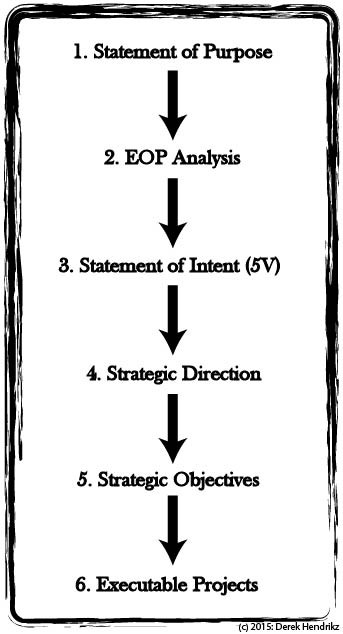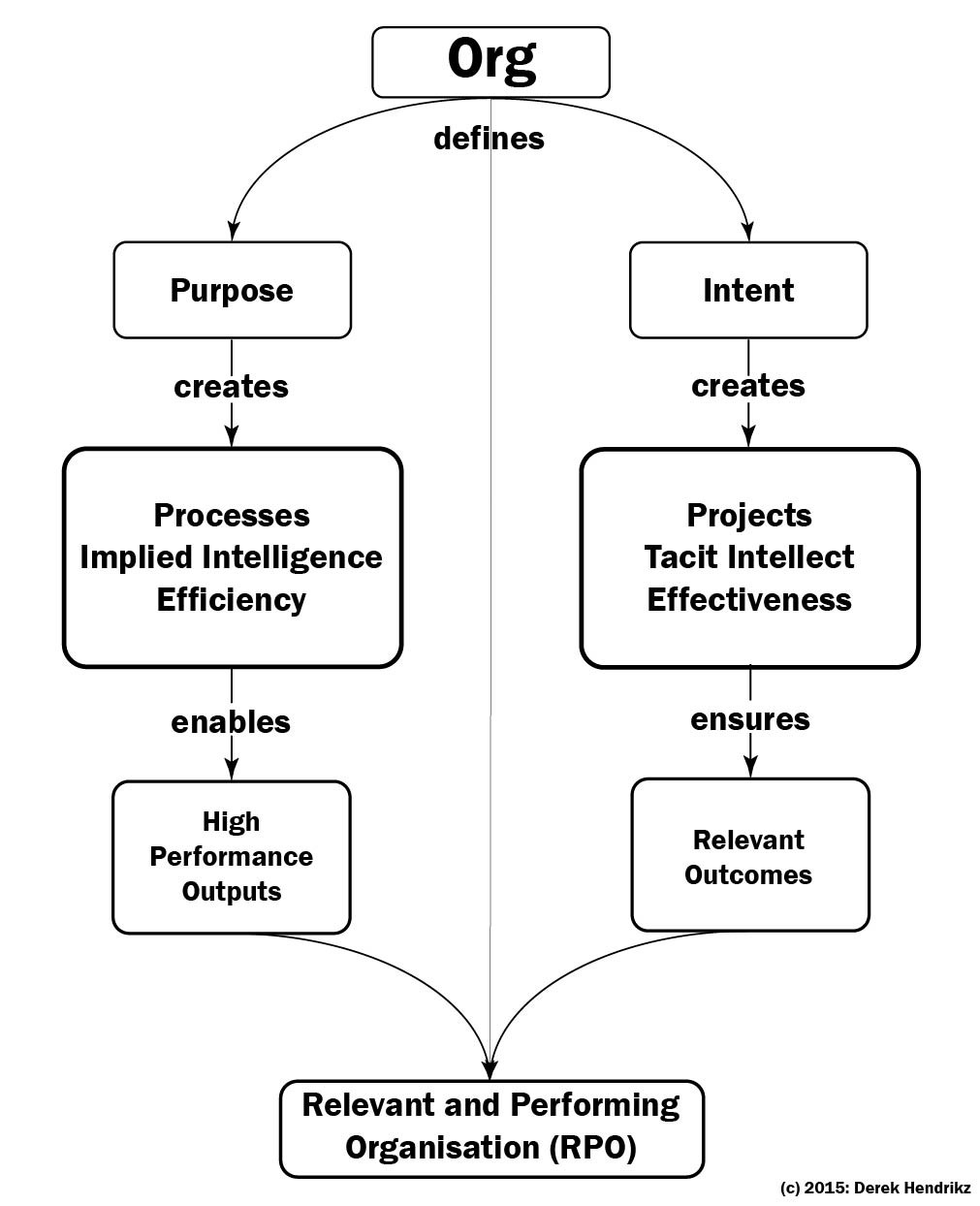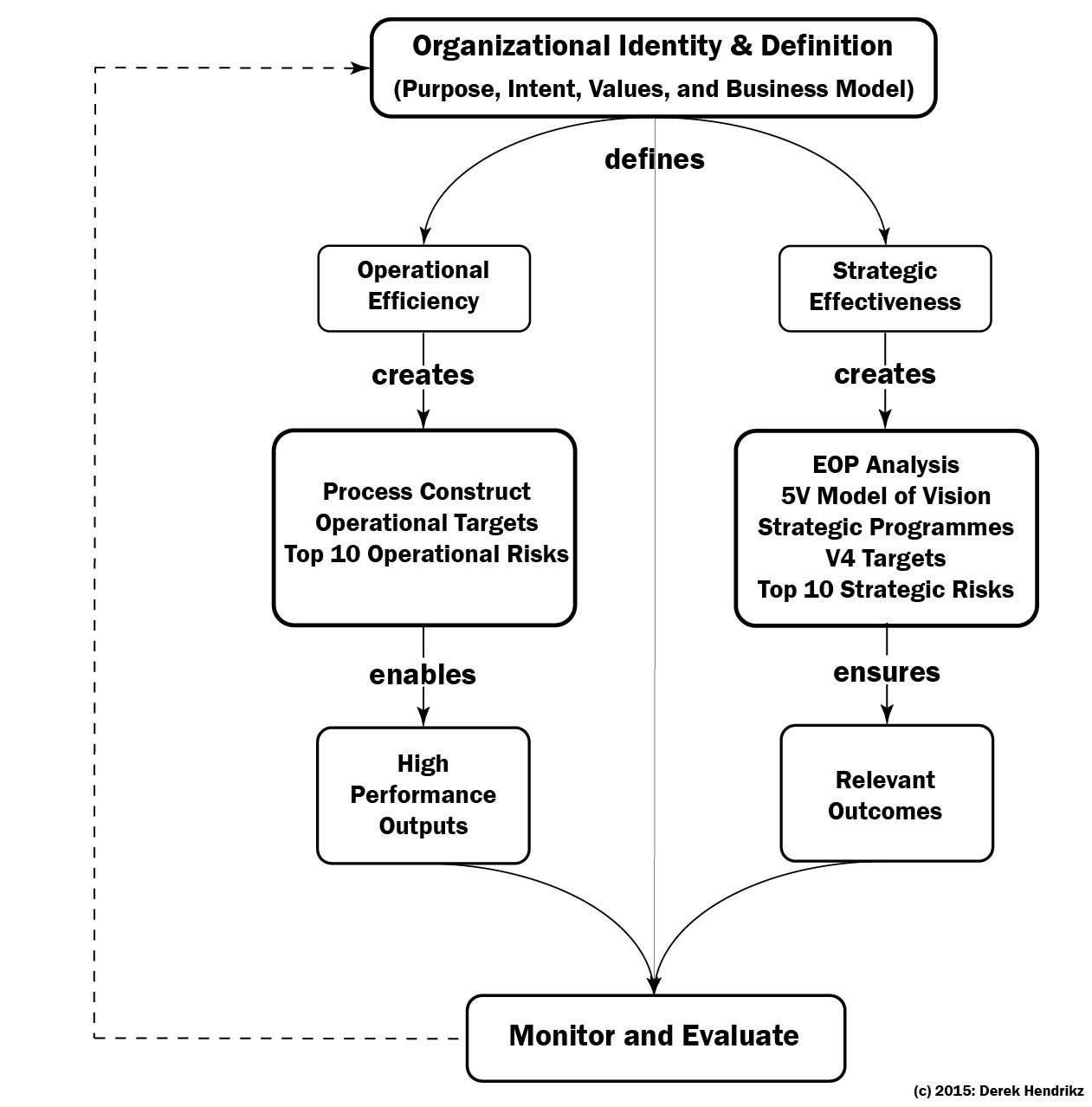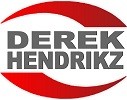The Orgtology Blog
An orgamatics framework for developing strategy
The aim of this blog post is to give a framework for developing strategy from an orgamatics perspective. The orgamatics model holds four base theories. An Orgtologist will use these theories as guideline when developing strategy. The table below shows the effect and consequence of each of the four orgamatics theories.
| Theory: | Conclusion: | Consequence: |
| Theory 2P of Work. | We do all work within Org through activity that is either repetitive or non-repetitive. In other words, the work of Org is either formulated as a process or a project. | Processes cycle without end, whilst projects have a definite end. Therefore, the behavior and rules of activity will differ in processes and projects. |
| Theory 2I of Orgtelligence. | The processes of Org hold implied intelligence and its human resources hold tacit intellect. The former enables performance and the latter secures relevance. | Operations will cycle and its targets show the ability of a process at a specific point in time. Strategy begins and ends, and its targets show the effect of what was done. Therefore, the way in which we measure operational and strategic targets differ. |
| Theory 2E of Results. | Efficiency and effectiveness will always define the results of Org. Efficiency makes sure that we can perform without wasted energy and effectiveness secures our relevance. | Since operations repeat the past, we can reduce the energy that we use to get our outputs. Therefore, efficiency drives operations. Since strategy creates the future; we must maximize its effect. Therefore, effectiveness drives it. |
| Theory O of the RPO. | Projects, tacit intellect, and effectiveness drive relevance. Processes, implied intelligence, and efficiency drive performance. | To be a Relevant and Performing Organisation (RPO), Org must be both, strategically relevant and operationally high performing. Therefore, we must focus on both - proportionally to their importance. |
There is much written on all the above theories. I have created these theories in 2016 to give a basis for understanding orgamatics. Also, I have tried and tested them in most of my consulting projects. To date I could not find any valid criticism to any of them.
Before we begin to create strategy, we must first grasp our EOP. This means that we must know our risk Exposure, Opportunities, and Process efficiency. We do this though an EOP analysis. We hold interviews with senior managers and send questionnaires to all employees. We also study documents that will help us grasp our current reality. This analysis ends in an EOP report that will inform our strategic direction.
The next step is to link the proposed strategic direction to our intent. This is the most abstract part of an "orgamatics" strategy. We use the words Intent and Vision interchangeably. The EOP analysis will only show us what the possible strategic direction should be. It cannot create vision. It is the task of an executive team to create intent. The best way for them to do this is through the 5V model. I explain this model in my blog post "How to create vision through the 5V Model". In the model, the V4 statement is most important since it depicts the end of a strategic period. This statement will guide the strategic choice of Org. In this, our task is to adjust strategic direction so that it will align with our V4 statement. When this is done, we are ready to create strategic objectives and programmes.

How to create vision through the 5V Model.
Intent gives energy to Org, whilst purpose gives it authority. They are the main drivers of organisation, because they create consciousness of past and future. Therefore, they are also the primary drivers of orgtelligence. During strategy development it is vital that we split their mechanics. Operational efficiency and strategic effectiveness hold different rules. Purpose enables performance and intent ensures relevance. By splitting them, we avoid confusing operations with strategy. In this way our forecast of performance and strategic change is clear. Operations and strategy draw from the same resource pool. Their relationship is thus inverse. By drawing a clear line between purpose and intent we will know how much resources to spend on each. I show their relationship in my blog post "The difference between vision and mission".

The difference between vision and mission – an orgtology perspective
It is key that organisations have a clear document that holds its strategy. Those who work with it must understand it and be able to implement it. There are four key parts that any "orgamatics" strategy document must have. They are:
- A statement of organisational definition and identity – who are we?
- A statement of operational efficiency – how must we perform?
- A statement of strategic effectiveness – what will we do to stay relevant?
- A method of monitoring and evaluation – how will we evaluate this?
Statement of Organisational Definition and Identity:
Who are we? No organisation can perform or stay relevant if it does not know who and what it is. The question might seem obvious. Yet, my experience shows otherwise. McDonalds began to grow when they realized that their business is property and not food. Funeral policies sell "last respect" and not a paid funeral, etc. Consciousness is the only tool that will help you to know who and what you are. This is no easy task. Deep introspection is the only way to answer the question: "Who are we?" A statement of definition and identity must make this answer clear. We begin this statement with our purpose. Many organisations still call this a mission statement. I prefer "Statement of Purpose". We then define our ultimate dream. Many organisations call this a vision statement. I prefer "Statement of Intent". We must also define our values. This gives direction to our behavior. At this point we have defined who we are, where we want to go, and how we aim to behave. A last thing in our definition and identity is to show our business model. This an outline of our basic value chain with its drivers and rules. Jointly, our purpose, intent, values, and business model will give a clear definition of who we are.
Statement of Operational Efficiency:
How must we perform? In orgamatics, performance is about efficient outputs. It uses implied intelligence to drive its processes. We use business rules to regulate efficiency and we use targets to test it. In this section of the strategy document, we discuss the following items:
- A precis of the process construct;
- Core operational targets; and
- Top 10 operational risks.
A strategy document must define the basic systems that interlink its process flow. This is the process construct of Org. Each system holds a summary of its process targets. We list these targets in the strategy document as the core operational targets. They interlink a myriad of "front-line" targets. We turn the purpose of each system within the process construct into a target. This core target is the parent of all other targets linked to it thorough a myriad of processes. Our assumption is that the results of a core target reflects the results of all targets linked to it. Lastly, we must know which threats our process construct face. In orgamatics each system has its own risk register. We do not assume that risks with the same character will be the same within different systems. We list the top ten operational risks in our strategy document. Moreover, we also show mitigation and contingency plans for them. The process construct, its targets and core risk plans should show how operationally efficient we are. To link strategy with operations, we quantify our targets for a strategic period. In this way we can track their interdependence.
Statement of Strategic Effectiveness:
What will we do to stay relevant? In orgamatics, relevance is about effective outputs. An output is the effect that Org has on its environment and sponsors. To stay relevant, we use human intellect to drive projects that will achieve our intent. The aim of Relevance is to ensure our continued existence. In this section of the strategy document, we discuss the following items:
- A precis of the EOP analysis;
- The 5V model of Vision;
- Strategic Programmes;
- V4 Targets; and
- Top 10 strategic risks.
Strategy begins with grasping the risk exposure, opportunities, and process efficiency of Org. We do this through an EOP analysis. The aim of this analysis is to make us aware of what we must change to stay relevant. This will inform our strategic direction. The EOP analysis is quite a comprehensive document. Therefore, we only give a short write-up on how we formulated our strategic direction. The entire EOP analysis can be an annexure to the strategy document. The next step is to create our 5V model. This model helps us to create ultimate, long, medium, and short-term vision. I describe the 5V model in the blog post: "How to create vision through the 5V model". From this model, one of our vision statements will be a V4 statement. That is our vision for the duration of our strategic period. We then create strategic programmes. We do that by developing 2 to 5 strategic objectives. These objectives must link the change that our EOP dictates with our V4 intent. V4 is where we want to go, and our strategic objectives is how we will get there. Each strategic objective will then become a strategic programme. A programme is the same as a project, except that its activities are smaller projects. In other words, a programme is a parent to many projects. In orgamatics we use project management method to manage strategic objectives. In this way those tasked with execution are accountable. A project has a clear plan, milestones, a budget, and well-defined outcomes. Strategy begins and ends; therefore, it is a project, and we must manage it so. Each strategic programme will have a defined aim. We will translate this aim to our V4 targets. These targets are different to operational targets. They do not forecast outputs. They predict the effect of a programme. E.g., "The institute runs its systems with minimum effort (automation year 1 = 40%; year 2 = 75%; year 3 = 100%)". It is not about the automation, but the effect thereof. Therefore, it is an outcome and not an output. At this point we have defined ourselves, shown how will we work, and how we will change. The last item in our document is to explain how we will monitor our strategy.
Method of Monitoring and Evaluation:
In orgamatics we use a system to view our strategic success at one glance. It is our strategic scorecard. A scorecard has four primary "scoreboards". They are:
- A resource consumption scorecard;
- A V4 scorecard;
- A strategic programmes scorecard; and
- An operational processes scorecard.
Resource consumption is the energy (people, money, and assets) that Org uses. To assess it we must turn our systems and programmes into cost centres. Jointly, they are the process and project constructs of Org. In that, they hold all the resources of Org. Systems will hold most of Org's fixed costs. Therefore, the cost of our programmes should mostly be variable. Programme cost should disappear as they end. This scorecard must compare our forecast to the resources that we used. Our V4 scorecard must show the outcome targets vs. actual results. Our strategic programme scorecard should show how much of our programmes we executed. Also, it must show our target date and budget efficiency. Our operational process scorecard must give quarterly feedback on our target execution. This section of the strategy document will explain how the scorecard works.
I elaborate on many of the ideas in this post in other blog articles.
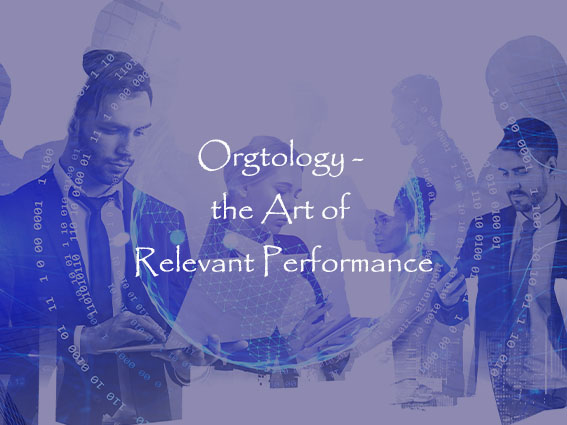
Join the Orgtologist Certification Program (OCP) - Empowering Executive Teams Worldwide
Copyright
© 2018: CFT Hendrikz
When you subscribe to the blog, we will send you an e-mail when there are new updates on the site so you wouldn't miss them.


